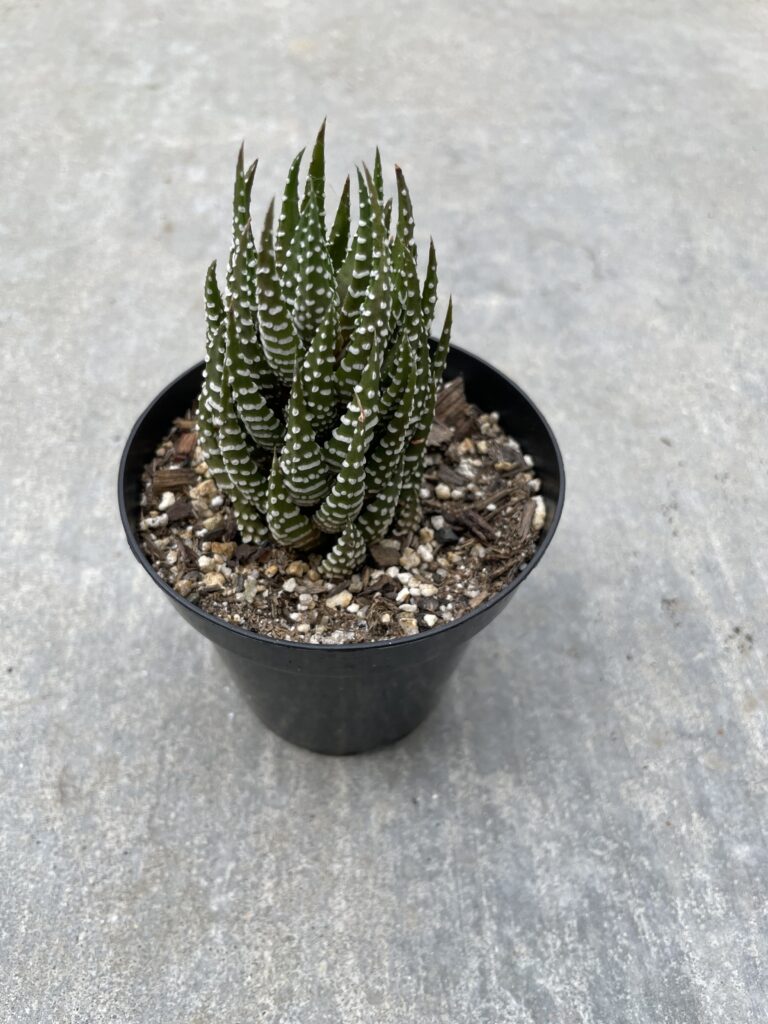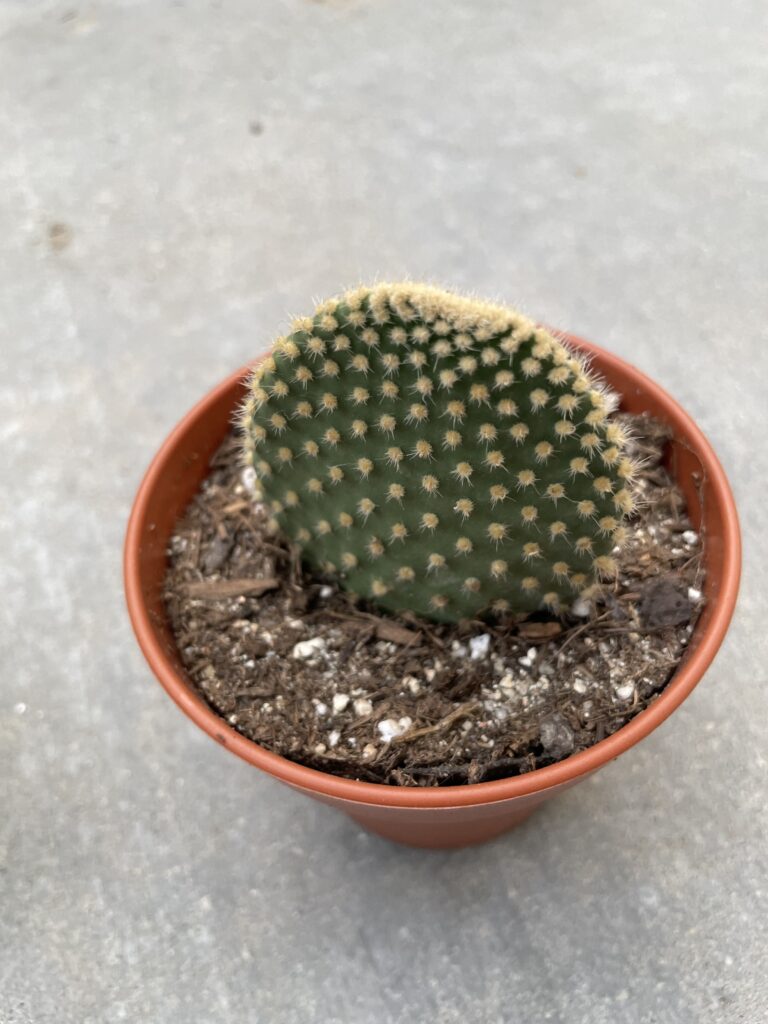Why do Pots Matter?
Plants have very specific needs. Like any other living thing, their needs vary based off the type of plant. However, generalizations can be made that will suit the majority of species. For example, you don’t want a pot that is too small, just like you don’t want to put an indoor plant in extreme heat. Read on to learn more about proper size conditions and materials for different types of pots!
The Size
A pot’s size is probably the most important aspect to consider when you purchase a new plant. You don’t want it to be too large or small for your newest green addition. The general rule of thumb is to choose a pot that has a diameter two inches larger than your plant. This way, the plant has enough room to grow comfortably and the root to soil proportion will be proper.
The root to soil proportion is crucial for deciding the proper size. If the pot is too large, the plants roots won’t be able to absorb moisture as quickly. Since there is so much damp soil, this could eventually lead to root rot which is a devastating plant disease. On the other hand, if the pot is too small, then the plant can become root bound. This is when the roots fill the entire pot and have no more room to grow. Luckily, the fix for this is much simpler than root rot, just move the plant to a larger sized pot!
The last thing to consider for size is the is the shape and depth. If the pot is too tall, plants may struggle to grow out of it and it could lead to some weird growths. On the other hand, if the pot is too shallow, many plants like flowers or trees will have a difficult time establishing a strong base. Each shape has a different benefit, but I generally stick to deeper, circular shaped pots, regardless of what I’m planting. If that doesn’t work for you, you can always repot it!

Materials
Pots can be made out of a wide variety of things. From your common terracotta and plastic pots that you find in stores or online, to 3D printed filament pots and glass jars, almost anything can be made into a unique pot!
Not all of these pots are made equally, however. For example, terracotta (or any clay-like pots) absorb water. This means that your plants will more than likely need some more maintenance compared to other plant types, but it will also help prevent over-watering. This is an amazing benefit for many succulent species.
Plastic, on the other hand, has no such features. The material doesn’t absorb the water and as such, you may not need to give your plant so much water at once. The biggest downside to plastic is the way that they manage heat. The black plastic absorb heat and that heat transfers to connecting surfaces, which in this case, is the soil and plant. This dries out the soil which in turn dries out the plant and could potentially kill it.
What Pots Should I Use?
The best way to figure out what you like is to experiment. I use a wide variety of containers and, at the end of the day, they aren’t all that different from one another. Metal rusts, terracotta breaks, plastic holds heat but is inexpensive. All types have their own pros and cons and the best way to learn is by getting hands-on experience with all of them, so get to gardening!
Links
- Youtube: Plant Palatia Youtube Channel
- Instagram: Plant Palatia Instagram
- Discord: Plant Palatia Discord
- Choosing Your Pot Video!
